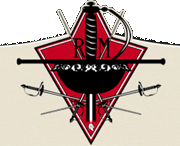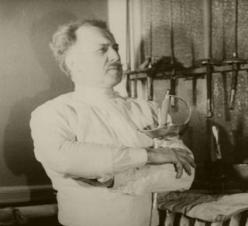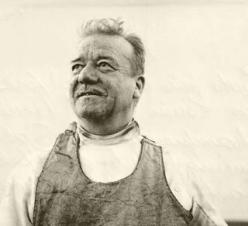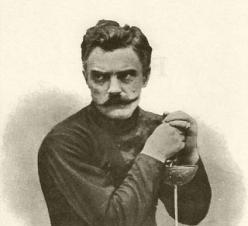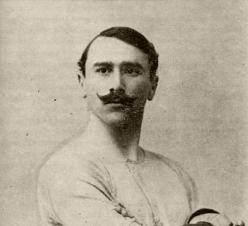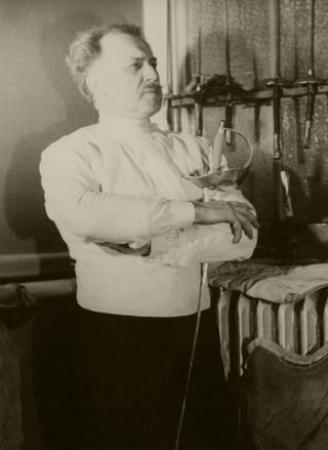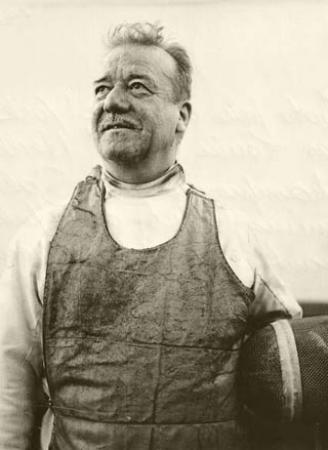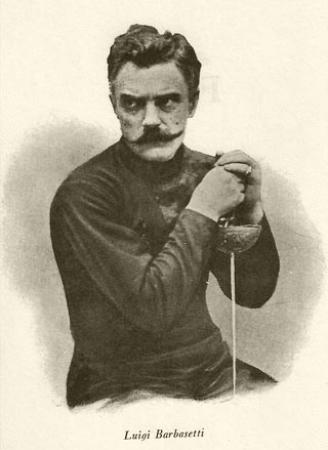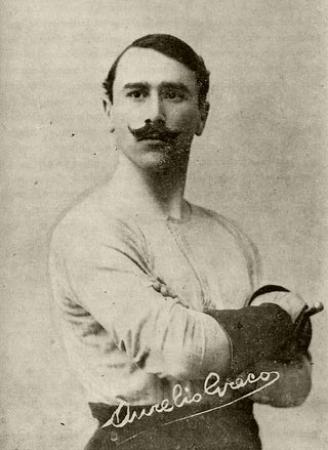Frederick Rohdes was a Maître d’Armes (master of arms) who taught the art and science of fencing in New York City at his own academy for decades. He was one of the last fencing masters who continued to teach fencing in the old tradition.
Born in 1897 in Western Prussia, he first learned fencing in his native Germany as a boy. While still in his teens, just prior to World War I, he emigrated to the United States.
